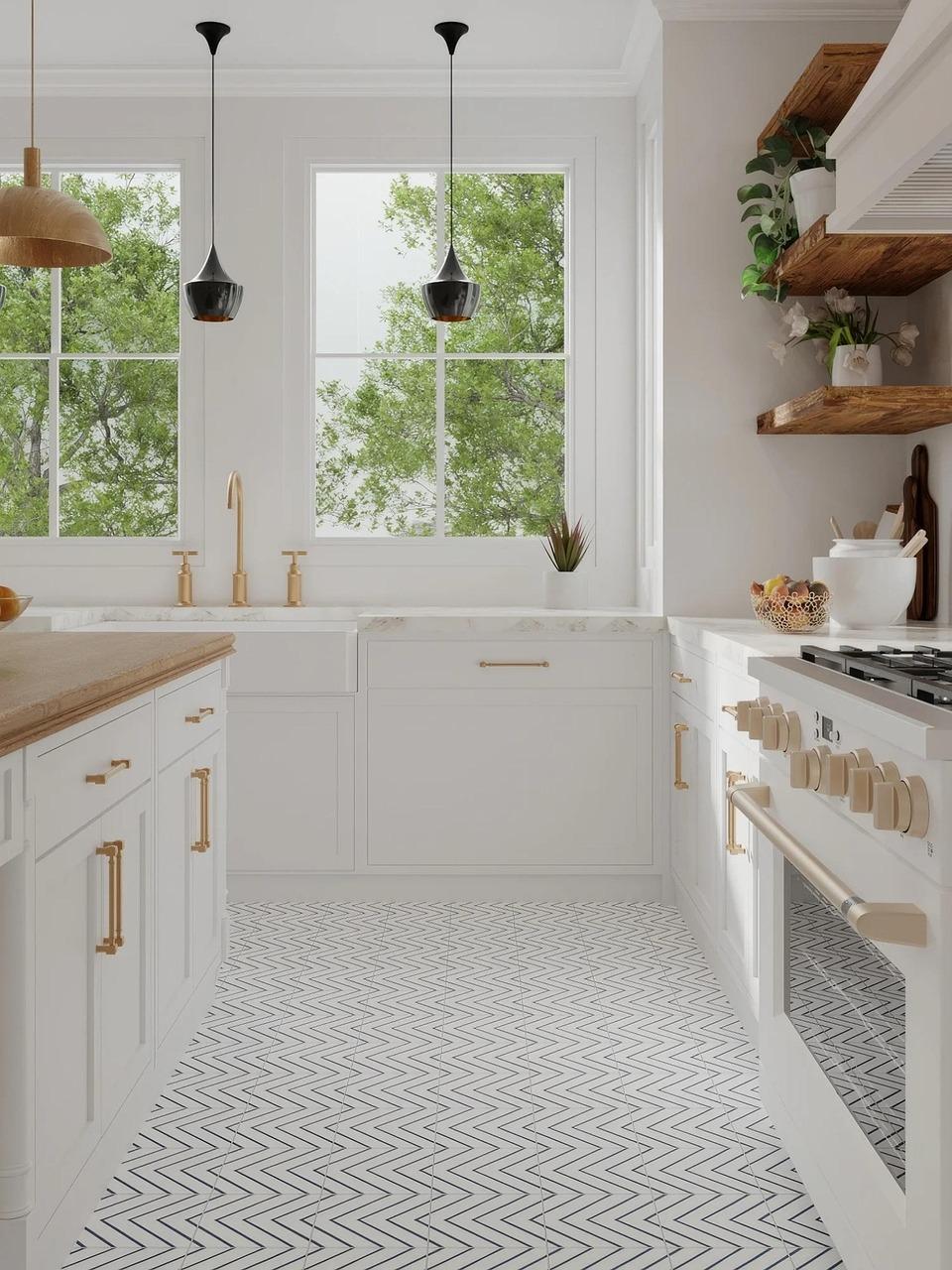Unlock your creative potential with the right 3D design software! Whether you’re an aspiring artist or a seasoned professional, the right tools can transform your visions into reality. Dive into the world of endless possibilities and let your imagination soar!
Unlocking Creativity: Finding the Best 3D Design Software
Unlocking Creativity: Finding the Best 3D Design Software
In a world where imagination knows no bounds, the power to bring your ideas to life has never been more accessible. Whether you’re an aspiring artist, an architect with a vision, or a product designer seeking to innovate, the right 3D design software can be the key that unlocks your creative potential. With a myriad of options available, how do you choose the best tools to transform your concepts into stunning visualizations? This article will guide you through the vibrant landscape of 3D design software, highlighting the essential features that can elevate your projects from mere sketches to breathtaking realities. Embrace the journey of creativity, and discover how the right software can empower you to push the boundaries of design, express your unique vision, and inspire others along the way. Let’s embark on this exciting adventure together and explore the tools that will help you create the extraordinary!
Exploring the New Frontier of 3D Design Software
In the ever-evolving landscape of digital creativity, 3D design software stands as a beacon of innovation, pushing the boundaries of what’s possible in art and design. As creators, we are no longer limited by the constraints of traditional tools; the digital realm offers a canvas where imagination knows no bounds. Whether you’re an architect, game developer, or hobbyist artist, the right software can elevate your projects to new heights.
One of the most exciting aspects of modern 3D design tools is their accessibility. Many platforms now provide user-friendly interfaces alongside powerful features, allowing both beginners and seasoned professionals to explore their creativity without the steep learning curves of yesteryears. The integration of cloud technology and collaborative features means that you can work on projects with teams across the globe, breaking down geographical barriers and fostering a community of creators.
- Versatility: From modeling and animation to rendering and simulation, today’s tools cater to a wide range of creative disciplines.
- Real-time rendering: Many programs now support real-time rendering, enabling designers to visualize their work instantly and make adjustments on the fly.
- Community support: Most popular software come with robust online communities offering tutorials, forums, and shared resources to help you enhance your skills.
Moreover, the rise of virtual reality (VR) and augmented reality (AR) applications in the design world has created entirely new avenues for creativity. Imagine stepping inside your design, interacting with it as if it were a physical object. This immersive experience not only revolutionizes the way we design but also how we present and share our creations with the world.
To help you navigate the plethora of options available, here’s a quick comparison of some leading 3D design software that stands out in the market:
| Software | Best For | Key Features |
|---|---|---|
| Blender | Animation & Modeling | Open-source, Free, Extensive Community |
| Autodesk Maya | Professional Animation | Industry-standard, Rigging, Simulation |
| SketchUp | Architectural Design | User-friendly, 3D Modeling, Extensions |
| Cinema 4D | Motion Graphics | Real-time rendering, Intuitive Interface |
As we step into this new frontier, the potential for innovation in 3D design is limitless. By embracing the latest technologies and software, you’re not just keeping pace with the industry—you’re positioning yourself as a leader in creative expression. The journey of exploration and discovery in 3D design is not just about mastering tools; it’s about unlocking the true essence of your creativity and making your visions a reality.
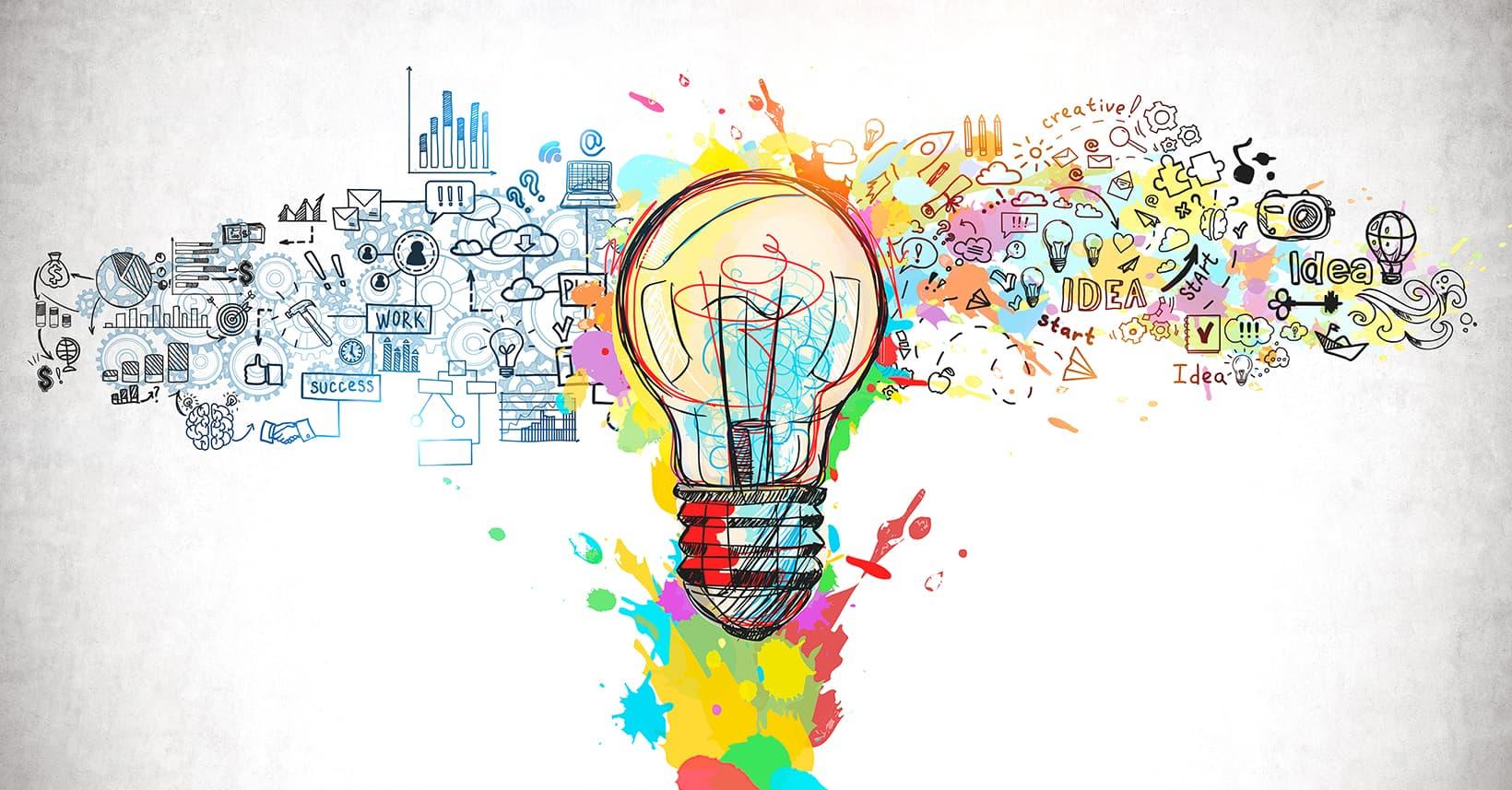
The Power of Creativity in the Digital Age
In a world increasingly governed by technology, the realm of creativity has been transformed into a landscape ripe with possibilities. With the advent of digital tools, artists, designers, and creators can now manifest their visions in ways previously thought impossible. The right 3D design software can be the key that unlocks this potential, allowing creators to push boundaries and explore new dimensions of their imagination.
Choosing the best software is not merely a technical decision; it’s an investment in your creative journey. Here are some notable features to consider when exploring your options:
- User-Friendliness: Intuitive interfaces can reduce the learning curve, enabling you to focus on creation rather than navigation.
- Versatility: Look for programs that allow for various applications, from animation to architectural visualization, maximizing your creative toolkit.
- Community Support: A vibrant user community can provide invaluable resources, tutorials, and inspiration to elevate your work.
- Integration: Seamless compatibility with other tools and platforms can streamline your workflow and enhance productivity.
Here’s a comparative look at some of the most popular 3D design software options available today:
| Software | Key Features | Best For |
|---|---|---|
| Blender | Open-source, robust modeling and animation tools | Beginner to advanced users, game development |
| SketchUp | User-friendly interface, excellent for architectural design | Architects, interior designers |
| AutoCAD | Precision drawing, CAD features | Engineers, architects |
| Cinema 4D | Excellent rendering capabilities, motion graphics | Graphic designers, animators |
The digital age empowers creators to share their work with a global audience instantly. The platforms you choose to work with can define not just the quality of your creations but also the reach and impact they have. Engaging with tools that foster collaboration can amplify your voice and connect you with like-minded individuals who fuel your creative spirit.
Ultimately, the most powerful aspect of creativity lies in your willingness to explore and experiment. With the right 3D design software, you can transcend conventional boundaries and explore uncharted territories of your imagination. Embrace this technological evolution, and let your creativity flourish in ways you never thought possible.
Identifying Your Design Needs for Optimal Software Selection
Choosing the right software for your 3D design projects can be a transformative experience, unlocking new levels of creativity and efficiency. To ensure you select a tool that aligns with your unique design needs, it’s essential to take a moment to reflect on several key factors.
Understand Your Goals: Before diving into the sea of software options, clarify what you intend to achieve with your designs. Are you focused on:
- Conceptual Art: Bringing imaginative worlds to life?
- Product Design: Crafting innovative and functional prototypes?
- Animation: Creating engaging stories through movement?
- Architectural Visualization: Transforming plans into stunning visuals?
Each of these goals may dictate different software requirements. For example, if your focus is on animation, software like Blender or Maya offers robust tools specifically tailored for that purpose.
Assess Your Skill Level: Consider your proficiency with design software. Are you a beginner eager to learn, or a seasoned pro? This self-assessment will guide you toward tools that can accommodate your experience:
- Beginner-friendly: Look for intuitive interfaces and ample learning resources.
- Advanced Features: Seek software that offers advanced functionalities for complex projects.
Collaboration Potential: In today’s digital landscape, collaboration is often key to successful projects. Evaluate whether the software supports:
- Team Access: Can multiple users work simultaneously?
- Cloud Integration: Does it allow for easy sharing and feedback?
Cost Considerations: While it’s tempting to go after the most advanced features, it’s crucial to consider your budget. Software prices can vary widely, so weigh your options against your needs. Consider:
| Software Name | Price Range | Free Trial Available |
|---|---|---|
| Blender | Free | Yes |
| SketchUp | $299 – $699/year | Yes |
| Maya | $1,620/year | No |
Identifying your design needs is more than just a checklist; it’s a journey of self-discovery that can elevate your creative process. By understanding your goals, skill level, collaboration needs, and budget, you’ll not only find the right software but also set the stage for a successful and inspiring design experience.

A Deep Dive into User-Friendly Interfaces
In the world of 3D design, the interface of software plays a pivotal role in shaping the creative experience. A user-friendly interface not only enhances productivity but also inspires creativity by allowing designers to focus on their vision rather than grappling with complicated tools. The best 3D design software combines intuitive navigation, logical layouts, and accessible functionalities, resulting in a seamless workflow.
Key Characteristics of User-Friendly Interfaces:
- Intuitive Navigation: An interface that feels natural allows users to explore features without extensive tutorials. This encourages experimentation and creativity.
- Customizable Workspaces: Personalization options enable designers to arrange tools according to their unique workflows, making the process more efficient.
- Visual Feedback: Immediate visual responses to actions provide clarity, helping users understand the impact of their changes in real-time.
- Accessible Resources: Integrated tutorials and help centers within the software foster a sense of community and support for users at all skill levels.
The power of a well-designed interface lies in its ability to reduce the learning curve. Many budding designers feel overwhelmed by complex tools and settings. However, when software is designed with clarity and simplicity, it invites users to dive deeper into the creative process. For instance, platforms like Blender and SketchUp stand out for their approachable designs, allowing users to focus on crafting rather than configuring.
Furthermore, collaborative features in user-friendly software can amplify creativity. Real-time collaboration tools allow multiple users to work on a project simultaneously, sharing ideas and inspirations instantly. This not only encourages teamwork but also enriches the design process, leading to innovative outcomes. The ability to receive instant feedback and adjustments fosters a dynamic environment where creativity flourishes.
To illustrate the impact of interface design on creativity, consider the following table comparing the user experience of popular 3D design software:
| Software | User Interface Rating | Customization Options | Collaboration Features |
|---|---|---|---|
| Blender | 8/10 | Highly customizable | Yes |
| SketchUp | 9/10 | Moderate customization | Yes |
| Tinkercad | 7/10 | Limited customization | No |
| Maya | 8/10 | Extensive customization | Yes |
the significance of a user-friendly interface in 3D design software cannot be overstated. It directly influences a designer’s ability to unlock creativity and innovate. By prioritizing simplicity, accessibility, and collaboration, software developers can empower users to bring their visions to life, ultimately changing the landscape of creative design.
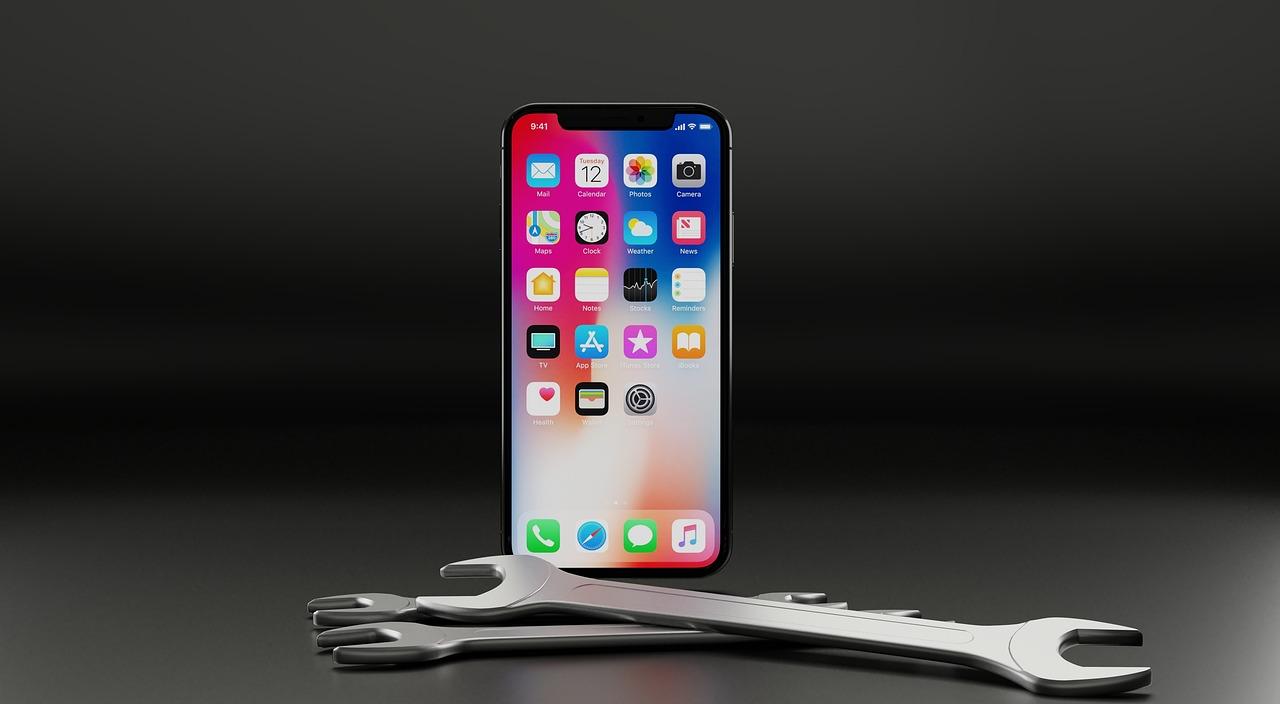
The Importance of Versatility in 3D Design Tools
In the realm of 3D design, versatility stands as a cornerstone that shapes creativity and innovation. The best design tools are those that adapt to the user’s needs, allowing for a seamless integration of various styles and techniques. When choosing 3D software, consider its ability to handle a wide range of tasks, from modeling and texturing to rendering and animation.
One of the key advantages of versatile 3D design tools is their capacity to foster experimentation. Artists and designers can easily switch between different functionalities without the need for multiple applications. This fluidity not only saves time but also encourages risk-taking, leading to groundbreaking designs that push the boundaries of imagination. With a single platform, users can explore:
- Modeling Capabilities: Different methods such as sculpting, parametric modeling, and polygonal modeling.
- Texturing Options: Various mapping techniques and material creation tools.
- Rendering Engines: Integration with real-time rendering for instant feedback.
- Animation Tools: Rigging and motion graphics to bring static designs to life.
Another essential aspect is the software’s compatibility with various file formats and platforms. A versatile tool allows for easy collaboration with peers and integration with other software, expanding creative opportunities. This flexibility ensures that designers can work on diverse projects and collaborate with clients and teams without facing hurdles related to software limitations.
Moreover, the learning curve associated with versatile tools often leads to a more fulfilling user experience. As designers become proficient in one multifaceted platform, they can harness their skills across various projects, enhancing both their portfolio and personal growth. Investing in versatile software means investing in your future as a designer, where the only limit is your imagination.
Consider the following table that highlights a few popular 3D design tools known for their versatility:
| Software | Key Features | Best For |
|---|---|---|
| Blender | Open-source, modeling, sculpting, animation, rendering | General 3D design and animation |
| Autodesk Maya | Advanced animation, rigging, dynamics, rendering | Film and game development |
| Cinema 4D | Motion graphics, rendering, easy-to-use interface | Motion design and visual effects |
| SketchUp | User-friendly, architectural modeling, extensive library | Architects and interior designers |
Ultimately, the power of versatility in 3D design tools lies in its ability to unlock creativity. By providing designers with a comprehensive suite of features in one place, these tools enable the exploration of new ideas and techniques. Whether you are a seasoned professional or a budding artist, embracing versatile software can elevate your work, making each project an opportunity for innovation and expression.
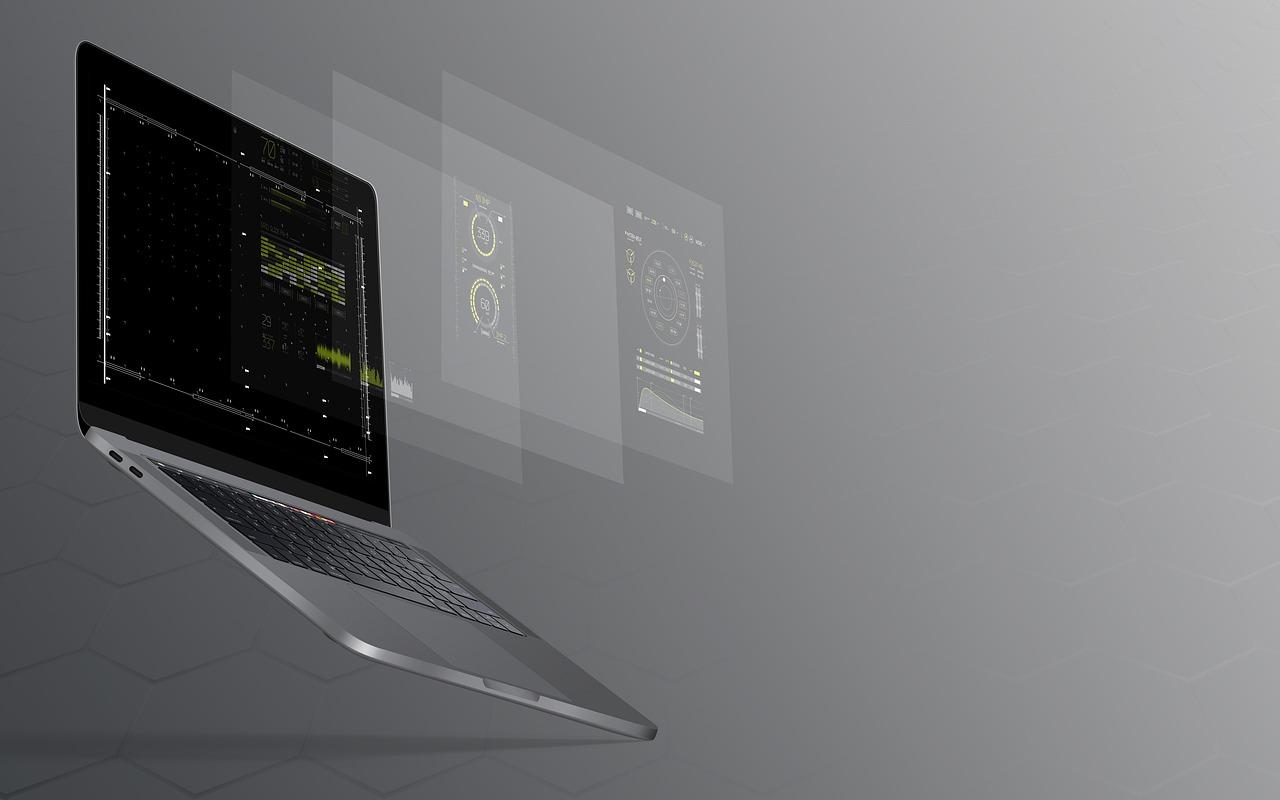
Unleashing Your Imagination with Advanced Features
In the realm of 3D design, the tools you choose can either stifle or amplify your creative potential. The evolution of technology has paved the way for advanced features that can unleash your imagination. Imagine a software that adapts to your unique workflow, allowing you to create intricate designs with ease. With the right platform, the only limit is your imagination.
Here are some key features to look for in top-tier 3D design software:
- Intuitive User Interface: A clean and user-friendly interface allows you to focus on your designs rather than getting lost in complicated menus.
- Real-Time Rendering: Experience your creations in lifelike detail as you design. This feature helps visualize the final product instantly, enhancing creativity.
- Comprehensive Toolsets: From sculpting to texturing, having a wide range of tools at your disposal empowers you to experiment and innovate.
- Collaboration Features: Work seamlessly with teams and clients, share ideas, and get feedback on your projects in real time.
Consider the impact of customizable workspaces. The ability to tailor your environment to suit your personal design style can significantly boost productivity. Many advanced software options allow you to save layouts, shortcuts, and even preferred tools, giving you a workspace that feels uniquely yours.
Moreover, integration with other software enhances functionality. For instance, pairing your 3D design tools with animation or simulation programs can open new avenues for creativity. This interconnectedness enables you to push boundaries and explore new creative horizons.
| Software | Key Feature | Best For |
|---|---|---|
| Blender | Open-source with extensive add-ons | Versatile artists and hobbyists |
| SketchUp | Easy-to-learn interface | Architects and designers |
| Maya | Industry-standard animation tools | Professional animators |
don’t overlook the importance of a supportive community. Engaging with other designers can provide inspiration, tips, and resources that further enhance your creative journey. Many software platforms offer forums, tutorials, and online workshops that can help you stay updated with the latest trends and techniques.
Comparing Industry Leaders: A Look at Top Software Options
When diving into the world of 3D design, choosing the right software can be a game-changer for both budding artists and seasoned professionals. Each software option carries its unique strengths, features, and community support that can influence creative outcomes. Below, we pit industry leaders against one another, showcasing what makes each software shine.
Feature Set
Different 3D design software caters to various needs, from animation to architectural visualization. Here are some standout features:
- Blender: An open-source powerhouse that offers sculpting, modeling, rendering, and animation—all in one platform.
- Autodesk Maya: Renowned for its robust animation tools, perfect for game development and cinematic productions.
- SketchUp: A user-friendly interface ideal for architects and designers focusing on quick, intuitive modeling.
- Cinema 4D: Known for its motion graphics capabilities, it’s a favorite among digital artists seeking to create stunning visual effects.
Pricing and Accessibility
Another crucial factor is the cost and availability of the software. Many platforms offer free versions or trials, making it accessible for those just starting:
| Software | Pricing Model | Free Version |
|---|---|---|
| Blender | Free | Yes |
| Autodesk Maya | Subscription | 30-day trial |
| SketchUp | Freemium | Yes (limited features) |
| Cinema 4D | Subscription | 14-day trial |
Community and Learning Resources
The strength of a software often lies in its community and available resources. Engaging with a supportive network can accelerate learning and inspire creativity:
- Blender: Extensive tutorials and an enthusiastic community that regularly shares techniques and resources.
- Autodesk Maya: Comprehensive documentation and a plethora of online courses available through platforms like Udemy and Coursera.
- SketchUp: A vibrant community with accessible forums and a variety of user-generated content.
- Cinema 4D: Known for its professional-level tutorials and workshops that help users master advanced techniques.
Conclusion
Ultimately, the best choice depends on your specific needs, budget, and the type of projects you aspire to create. Whether you’re drawn to the versatility of Blender or the specialization of Maya, embracing the right software can unlock your creative potential.

The Role of Community and Support in Your Creative Journey
Every creative journey can feel daunting, especially in fields as dynamic and technical as 3D design. However, the beauty of this journey lies not just in individual exploration but also in the vibrant communities and support systems that surround it. Engaging with others who share your passion can unlock new ideas, provide motivation, and enhance your learning experience.
Joining a community of 3D designers offers countless benefits:
- Shared Knowledge: Collaborating with fellow creatives allows you to exchange tips, tricks, and techniques that can elevate your skills.
- Feedback and Critique: Constructive criticism from peers can help you refine your work and gain new perspectives.
- Networking Opportunities: Building relationships with other designers can lead to collaborations, job opportunities, and lifelong friendships.
- Access to Resources: Many communities share valuable resources, including tutorials, software recommendations, and industry insights.
Support is crucial when tackling challenging projects or facing creative blocks. Being part of a nurturing environment can help you stay committed and inspired. When you’re surrounded by like-minded individuals who celebrate your successes and support your challenges, you’ll find it easier to push through obstacles and explore new creative horizons.
Consider leveraging online platforms where 3D design enthusiasts gather. These platforms often host forums, webinars, and workshops designed to foster collaboration and support. Whether you’re sharing your latest render or seeking advice on software, these interactions can significantly enhance your creative process.
Additionally, local meetups or workshops can provide face-to-face interaction, building a sense of community that can be incredibly motivating. Connecting with others in person allows for spontaneous brainstorming sessions, where ideas can flow freely and creativity can be reignited.
Ultimately, the essence of creativity thrives in a collective environment. By actively participating in communities and seeking support, you can find not only solace in shared experiences but also inspiration that propels your work to new heights. Embrace the journey with others, and watch as your creativity flourishes in ways you never thought possible.
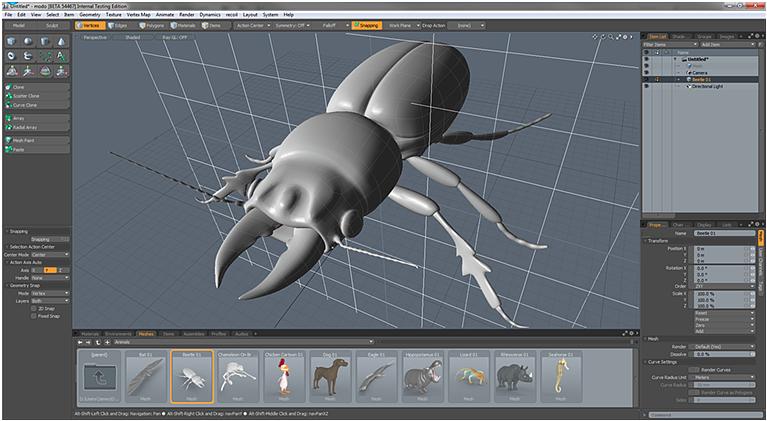
Affordable Alternatives: High-Quality Software Without Breaking the Bank
When it comes to 3D design software, the price tag can often be daunting. However, there are numerous high-quality alternatives that don’t require you to sacrifice your budget. Many of these options provide robust features suitable for both beginners and seasoned professionals, ensuring you can unleash your creativity without financial strain.
Here are some affordable 3D design software options that stand out in terms of functionality and user experience:
- Blender: An open-source powerhouse, Blender offers a comprehensive suite of tools for modeling, animation, and rendering. With an active community and a plethora of tutorials, you can easily dive into advanced projects.
- Tinkercad: Perfect for beginners, Tinkercad is a user-friendly online tool that allows you to create simple 3D designs effortlessly. Best of all, it’s completely free, making it ideal for educational purposes.
- SketchUp Free: The free version of SketchUp is perfect for those just starting out. Its intuitive interface and powerful tools make it a favorite among hobbyists and professionals alike.
- SculptGL: If you’re interested in digital sculpting, SculptGL is a free, browser-based tool that allows for easy manipulation of 3D shapes. It’s a fantastic starting point for artists focused on organic modeling.
Let’s delve into a comparison of these options to help you make an informed choice:
| Software | Price | Best For | Notable Features |
|---|---|---|---|
| Blender | Free | Advanced users | Full pipeline, extensive plugins |
| Tinkercad | Free | Beginners | Simple interface, education-friendly |
| SketchUp Free | Free | Hobbyists | 3D modeling, easy sharing |
| SculptGL | Free | Digital sculpting | Dynamic topology, online access |
These alternatives not only save you money but also provide a platform to hone your skills and unleash your creativity. As you explore these options, remember that investing time in learning these tools can yield results far beyond your expectations. The power to create stunning 3D designs is at your fingertips, and with the right software, you can bring your visions to life without overspending.
In a world where innovation is constantly evolving, choosing the right software can make all the difference. These affordable alternatives are designed to inspire and empower you on your creative journey, proving that high-quality doesn’t always have to come with a high price tag. Embrace these tools, and watch as your ideas transform into breathtaking 3D creations.
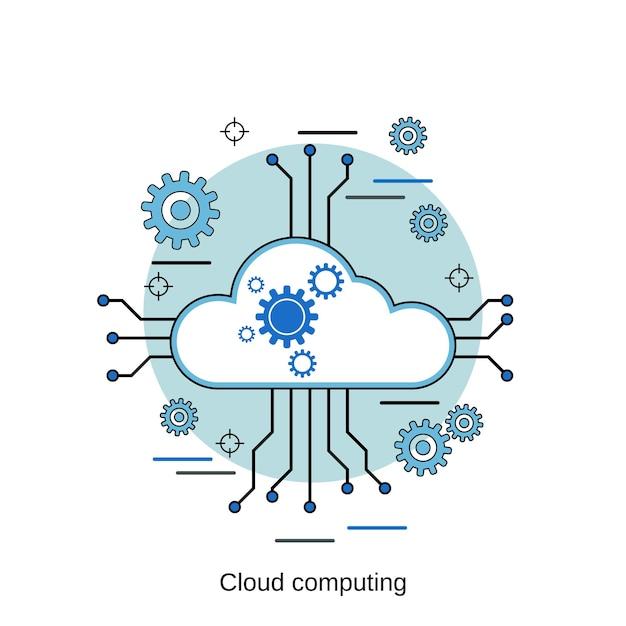
Harnessing the Power of Cloud-Based Design Solutions
In today’s fast-paced digital landscape, cloud-based design solutions are revolutionizing the way creators approach 3D design. With flexibility and collaboration at the forefront, these tools empower designers to push their creative boundaries, no matter where they are.
Imagine a world where your design projects are not confined to a single device. Cloud-based software allows for seamless access across multiple platforms. Whether you’re at home, in the office, or on the go, your tools and files are just a click away. This accessibility fosters an environment where inspiration can strike at any moment, and ideas can be captured and developed instantaneously.
Moreover, the collaborative nature of cloud-based solutions enhances teamwork. Designers can easily share their work, receive feedback in real-time, and make adjustments collaboratively. This boosts not only productivity but also creativity, as team members can build on one another’s ideas with ease. Key benefits include:
- Real-time Collaboration: Work with team members across the globe as if you were in the same room.
- Version Control: Keep track of changes and revert to earlier versions effortlessly.
- Scalability: Adapt to your project needs without the constraints of local software installations.
Choosing the right cloud-based design software can make all the difference. Look for features that align with your creative goals and workflow. Below is a comparison of popular options:
| Software | Key Features | Best For |
|---|---|---|
| SketchUp | Analog modeling, intuitive interface | Architects and beginners |
| Tinkercad | 3D printing integration, online community | Education and hobbyists |
| Fusion 360 | Advanced simulation, cloud rendering | Professional designers and engineers |
With the right tools in hand, the limitations of traditional design methods fade away. Embracing cloud-based solutions not only streamlines the design process but also opens up new avenues for innovation. As you embark on your 3D design journey, remember that the cloud is not just a storage solution; it’s a creative partner that can help you realize your visions like never before.
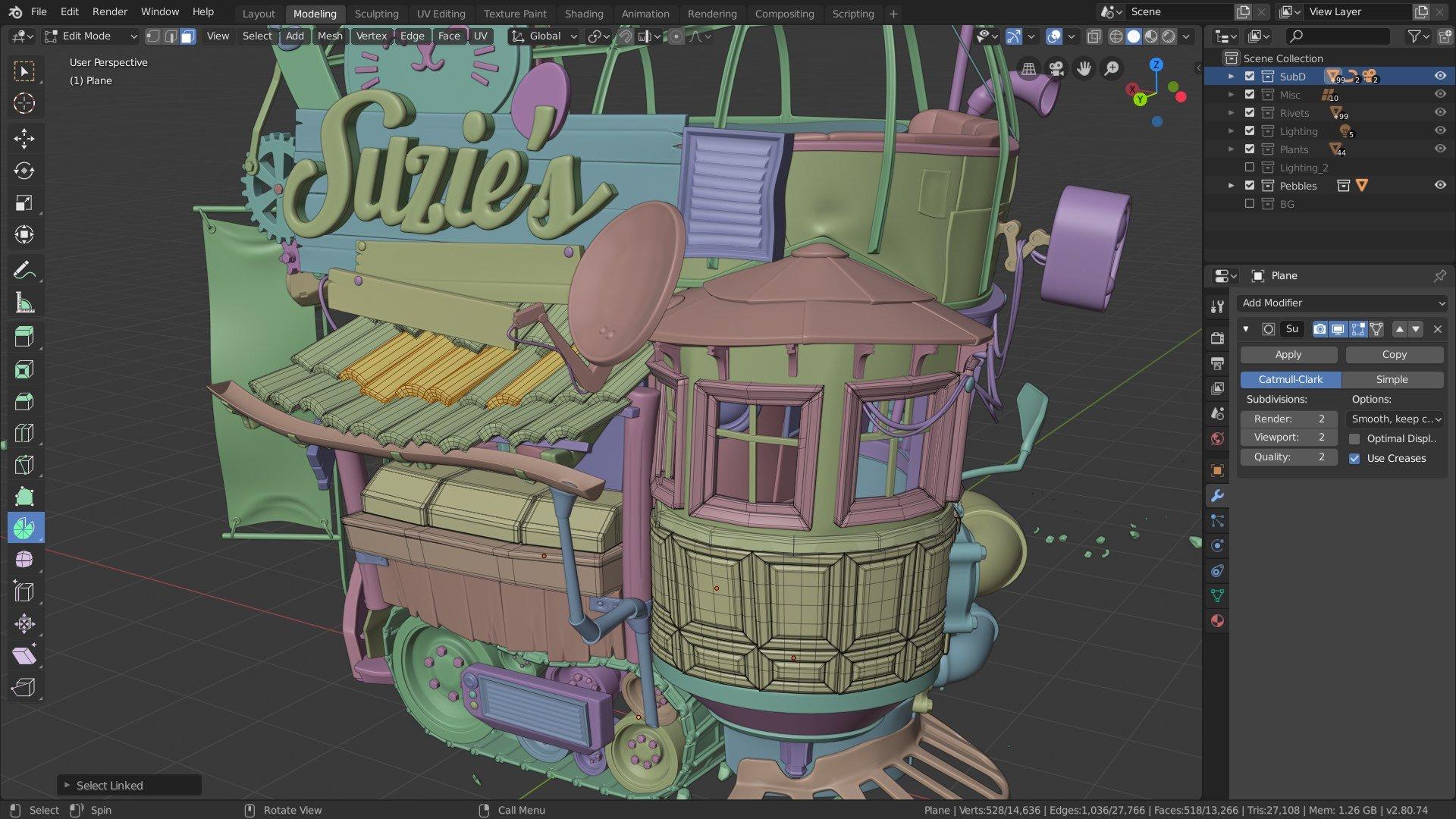
Real-World Applications: Success Stories from Creative Professionals
Success Stories from Creative Professionals
Across various industries, creative professionals are harnessing the power of advanced 3D design software to transform their visions into reality. From architectural wonders to immersive gaming experiences, here are some inspiring success stories that illustrate the impact of these tools.
1. Architectural Marvels: Renowned architect Maya Lin has revolutionized the way we perceive urban landscapes. Using cutting-edge 3D design software, she created a digital twin of a major city, allowing her team to visualize and plan urban development projects with unparalleled precision. The software enabled them to simulate environmental impacts, ultimately leading to sustainable design choices.
2. Game Design Innovation: At a leading game development studio, a talented designer named Alex utilized 3D modeling software to bring fantastical worlds to life. By integrating real-time rendering tools, Alex was able to create stunning graphics that captivated players. Their latest game broke sales records, showcasing how effective 3D design can enhance user experience.
3. Product Prototyping: A small startup focused on eco-friendly products turned to 3D design software for prototyping. With the ability to create detailed models rapidly, the team was able to iterate designs based on user feedback before launching their product line. This agile approach not only reduced costs but also led to a product that resonated with consumers and garnered significant media attention.
Table of Success Metrics
| Project | Outcome | Software Used |
|---|---|---|
| Urban Development | Improved sustainability | AutoCAD, SketchUp |
| Game Development | Record sales | Unity, Blender |
| Product Prototyping | Consumer approval | Tinkercad, Fusion 360 |
4. Film Production Breakthroughs: In the film industry, director Jenna Wong leveraged 3D animation software to craft breathtaking visual effects in her latest blockbuster. The software allowed her to create complex scenes that felt immersive and engaging. As a result, the film not only received critical acclaim but also achieved significant box office success, proving the power of creativity backed by technology.
These stories serve as powerful reminders that the right 3D design software can unlock unparalleled creativity and innovation. By investing in the best tools, creative professionals can push boundaries, elevate their work, and inspire audiences worldwide. The future of design is bright, and it starts with the right software choices.
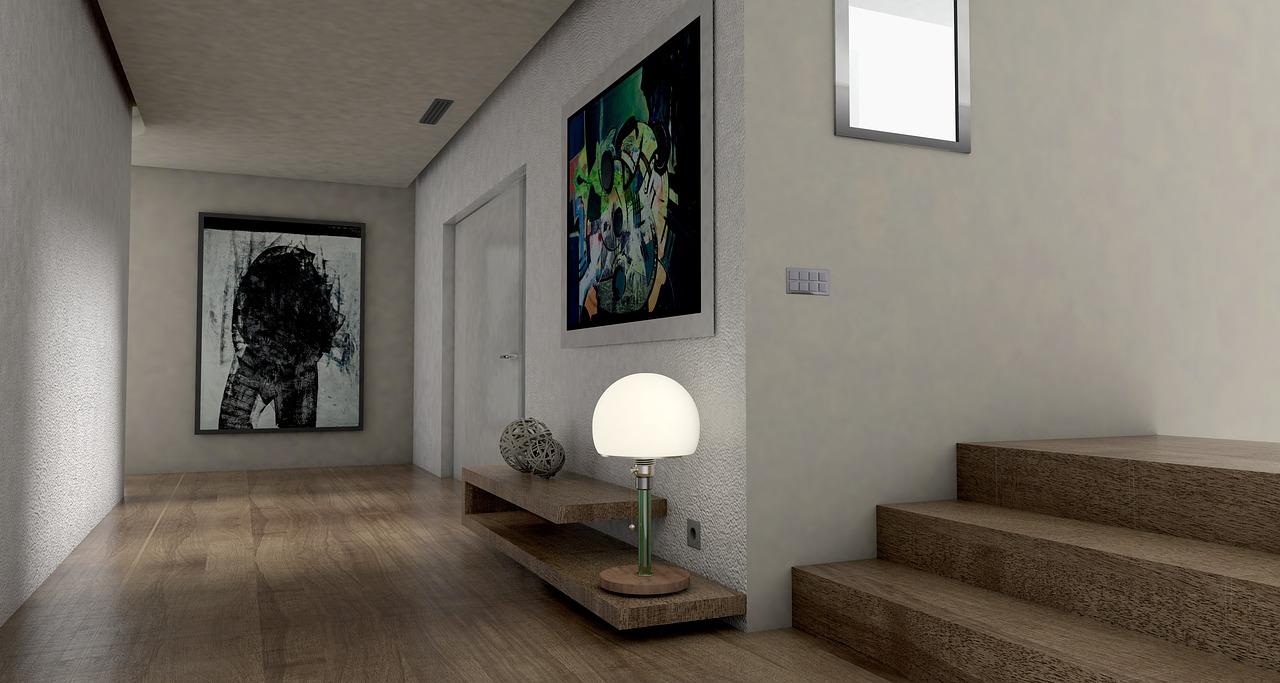
Incorporating 3D Design into Your Workflow
Integrating 3D design into your workflow opens a world of possibilities, allowing you to visualize your ideas in ways that traditional techniques simply can’t match. Whether you’re an architect, game developer, or product designer, utilizing 3D software can enhance your creative process and bring your concepts to life.
Start by exploring the various tools available, each designed to cater to different skill levels and project requirements. Here are a few categories to consider:
- Modeling Software: Ideal for creating detailed 3D models, think Blender or Autodesk Maya.
- Sculpting Tools: Perfect for artists looking to create organic shapes, such as ZBrush.
- Rendering Programs: Enhance your model’s realism with software like V-Ray or KeyShot.
- Animation Suites: Bring your creations to life using tools such as Unity or Unreal Engine.
To incorporate these tools effectively into your projects, consider the following strategies:
- Start Small: Tackle simple projects to familiarize yourself with the software’s capabilities.
- Establish a Workflow: Create a standardized process from concept to final render to streamline your efforts.
- Collaborate: Engage with fellow designers to share tips and tricks, enhancing your skills through collaboration.
- Continuous Learning: Stay updated with online tutorials and courses to master new techniques and features.
The right software can significantly impact your creative output. Here’s a quick comparison of popular 3D design tools to help you make an informed choice:
| Software | Best For | Price |
|---|---|---|
| Blender | General 3D Modeling | Free |
| Autodesk Maya | Animation & Visual Effects | Subscription-Based |
| SketchUp | Architectural Design | Free / Pro Version |
| ZBrush | Digital Sculpting | One-Time Purchase |
Ultimately, the key to successfully incorporating 3D design into your projects lies in finding the right balance between the tools you use and the creativity you bring to the table. By embracing these technologies, you not only enhance your productivity but also unlock a new level of artistic expression that can lead to innovative solutions and captivating designs.
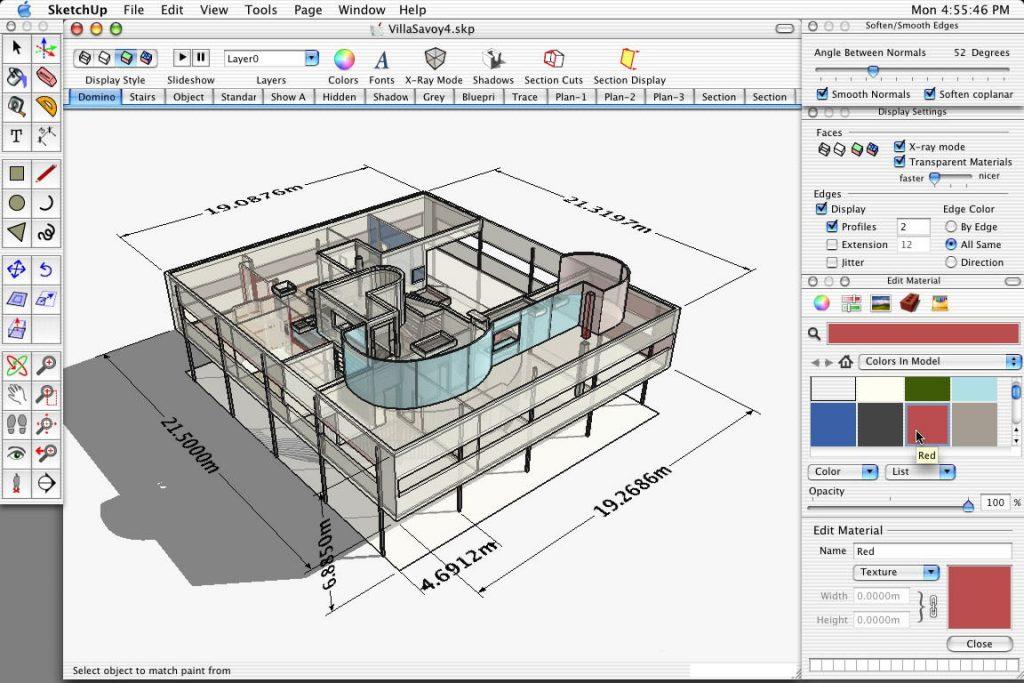
Future Trends in 3D Design Software
The realm of 3D design is evolving at a breathtaking pace, driven by advancements in technology and a growing appetite for creativity. As we look to the future, several trends are emerging that will undoubtedly shape the landscape of 3D design software.
- Cloud-Based Solutions: The shift towards cloud-based platforms enables designers to access powerful tools from anywhere, fostering collaboration and reducing the need for high-end hardware.
- Virtual and Augmented Reality Integration: Expect to see more software incorporating VR and AR capabilities, allowing designers to visualize their creations in immersive environments.
- AI-Powered Features: Artificial intelligence is becoming a game changer in 3D design. From automating repetitive tasks to suggesting design improvements, AI will enhance creativity and efficiency.
- Real-Time Rendering: The demand for immediate feedback is growing. Future software will likely focus on real-time rendering capabilities, enabling designers to see changes as they make them.
- Enhanced User Interfaces: As technology advances, user interfaces will become increasingly intuitive, making complex tools accessible to beginners while still catering to the needs of experienced designers.
Furthermore, the rise of parametric design and generative design tools will challenge traditional design approaches. These methods allow designers to input broad parameters and let the software generate multiple design options, pushing the boundaries of creativity. This evolution towards algorithm-driven design is not just about efficiency; it opens new avenues for artistic expression.
| Trend | Description |
|---|---|
| Cloud Collaboration | Work seamlessly with teams across the globe. |
| AI Integration | Enhance workflows with smart suggestions. |
| Real-Time Feedback | Instant visual updates during the design process. |
| Parametric Tools | Explore limitless design variations. |
As these technologies converge, the future of 3D design software promises to unlock untapped creative potential. Designers will no longer be limited by the tools at their disposal but will instead be empowered to think outside the box, experiment boldly, and bring their visions to life like never before.
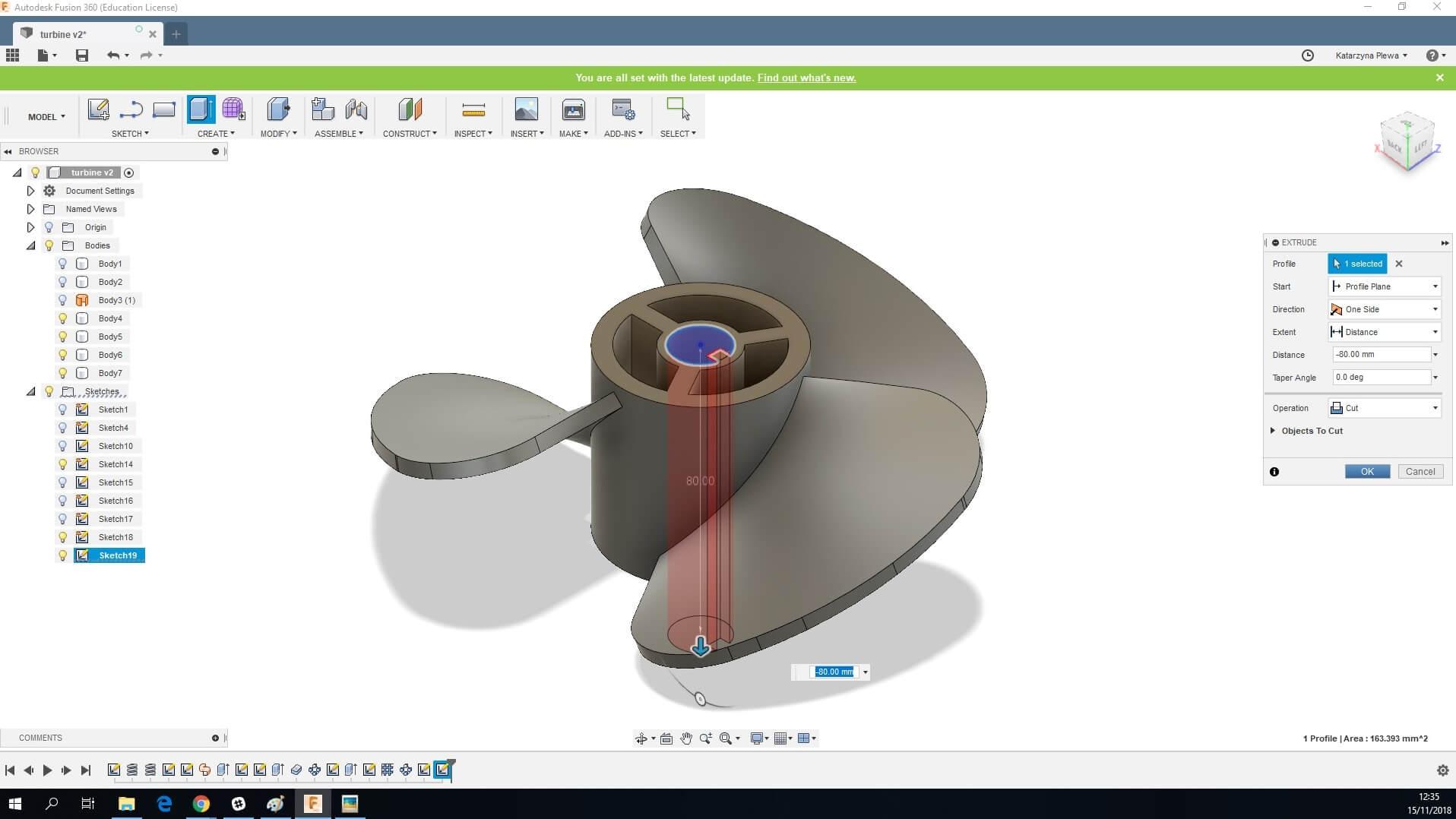
Empowering Your Creative Vision: Choosing the Right Tool for You
When it comes to bringing your imaginative ideas to life, the right 3D design software can make all the difference. With a myriad of options available, it’s essential to choose a tool that not only aligns with your skill level but also amplifies your creative expression. Whether you’re a seasoned professional or just starting your artistic journey, selecting the optimal software can empower you to transform your vision into a stunning reality.
Consider Your Goals: Before diving into the vast sea of 3D design tools, take a moment to reflect on what you aim to achieve. Are you looking to create intricate architectural models, breathtaking animations, or detailed character designs? Different software caters to distinct requirements. Here are a few popular genres of 3D design:
- Architectural Design – Ideal for creating structures and layouts.
- Animation – Perfect for producing dynamic and engaging visual stories.
- Game Development – Focused on creating assets for interactive environments.
- Product Visualization – Great for showcasing prototypes and concepts.
Evaluate User Experience: As you explore your options, pay attention to the user interface and overall usability of the software. A well-designed tool can significantly enhance your workflow and help maintain your creative momentum. Look for features such as:
- Intuitive navigation
- Customizable workspace
- Comprehensive tutorials and support
- Regular updates and community engagement
Budget Considerations: Your financial constraints can influence your choice as well. Fortunately, there are fantastic tools available across a range of price points. Here’s a simplified comparison of some popular 3D design software along with their pricing structures:
| Software | Price | Key Features |
|---|---|---|
| Blender | Free | Open-source, comprehensive features, strong community support |
| SketchUp | Starts at $299/year | User-friendly, great for architectural design, vast library of models |
| Autodesk Maya | Starts at $1,700/year | Industry-standard for animation and modeling, advanced sculpting tools |
Community and Resources: A vibrant community can greatly enhance your learning experience. Look for platforms where you can connect with other users, access tutorials, and share your work. Many software options offer forums, social media groups, and even in-software communities that foster collaboration and inspiration.
Ultimately, the journey of discovering the right 3D design software is as unique as your creative vision itself. Trust your instincts, evaluate your needs, and don’t be afraid to experiment. The right tool will not only facilitate your creative process but elevate your work to new heights, helping you unlock the full potential of your creativity.
Frequently Asked Questions (FAQ)
Q&A: Unlocking Creativity: Finding the Best 3D Design Software
Q1: Why is choosing the right 3D design software so crucial for unlocking creativity?
A1: Choosing the right 3D design software is pivotal because it serves as the canvas for your imagination. The right tools empower you to bring your ideas to life with ease and precision. With intuitive interfaces and powerful features, the best software enables you to experiment freely, iterate quickly, and push the boundaries of your creativity. Think of it as the difference between painting with a full palette of colors versus a single brush—one inspires exploration, while the other confines you.
Q2: What key features should I look for in 3D design software?
A2: When searching for the best 3D design software, look for features that enhance your workflow and inspire creativity. Prioritize user-friendliness, a rich set of modeling tools, rendering capabilities, and compatibility with other software. Additionally, consider whether it supports collaboration, as sharing ideas can spark new inspirations. Features like customization options, extensive libraries of assets, and robust community support can also fuel your creative journey.
Q3: Are there software options suitable for beginners as well as professionals?
A3: Absolutely! The beauty of the modern 3D design landscape is its inclusivity. Many software options cater to both novices and seasoned professionals. Programs like Tinkercad and SketchUp offer simple interfaces and guided tutorials for beginners, while advanced tools like Blender and Autodesk Maya provide an expansive range of features for expert users. The right software can grow with you, so you can start simple and dive deeper as your skills develop.
Q4: How can 3D design software enhance collaboration among creative teams?
A4: 3D design software can transform collaboration into a seamless and enriching experience. Many platforms now feature cloud-based capabilities that allow multiple users to work on a project simultaneously, share feedback in real-time, and access a centralized library of resources. This fosters a culture of innovation, where ideas can flow freely and evolve, enabling teams to produce groundbreaking work that reflects the collective creativity of all members.
Q5: How can I find inspiration while using 3D design software?
A5: Inspiration can come from many sources, and 3D design software often enhances that process. Experimenting with different tools and techniques can lead to unexpected results that spark new ideas. Additionally, many programs feature community galleries and forums where users showcase their work. Engage with these communities, participate in challenges, and study the designs of others. Remember, creativity flourishes in an environment of exploration and experimentation.
Q6: What are some recommendations for the best 3D design software on the market today?
A6: There are several standout options that cater to various needs and skill levels. For beginners, Tinkercad is a fantastic starting point. Blender is a powerful open-source tool that’s suitable for both beginners and advanced users, offering extensive features for modeling, animation, and rendering. SketchUp is perfect for architectural designs, while Autodesk Maya and Cinema 4D are industry favorites for professional-grade projects. Each of these tools opens a door to limitless creative possibilities.
Q7: How can I combine my passion for 3D design with real-world applications?
A7: The potential for combining 3D design with real-world applications is limitless! Whether you’re interested in product design, animation, architecture, or virtual reality, the skills you gain from mastering 3D design software can lead to exciting career opportunities. You can create prototypes, contribute to video games, design buildings, or even craft art installations. Embrace your passion, and let your creativity shape the world around you!
Q8: What final advice do you have for someone looking to embark on their 3D design journey?
A8: My advice is simple: embrace the journey! Start by exploring various tools and techniques, and don’t be afraid to make mistakes. Each setback is a stepping stone to greater creativity. Surround yourself with inspiration, engage with fellow creators, and most importantly, have fun! Your unique perspective and innovative ideas are what the world needs. So gear up, dive into the world of 3D design, and let your imagination soar!
To Wrap It Up
As we conclude our exploration into the world of 3D design software, it’s clear that the right tools can unlock the creative potential that lies within each of us. Whether you’re a seasoned professional or a curious newcomer, the software you choose can dramatically influence your ability to bring your imagination to life.
Imagine the possibilities that await when you harness the power of cutting-edge technology combined with your unique vision. From stunning visualizations to intricate models, the right 3D design software can transform ideas into reality, allowing you to express yourself in ways you never thought possible.
So, don’t let uncertainty hold you back. Dive into the options we’ve discussed, experiment with different platforms, and find the one that resonates with your creative spirit. Remember, innovation is born from experimentation, and every great artist starts with a single step.
Unlock your creativity today—choose your tools, embrace the journey, and let your imagination soar! The world is waiting to see what you will create.



